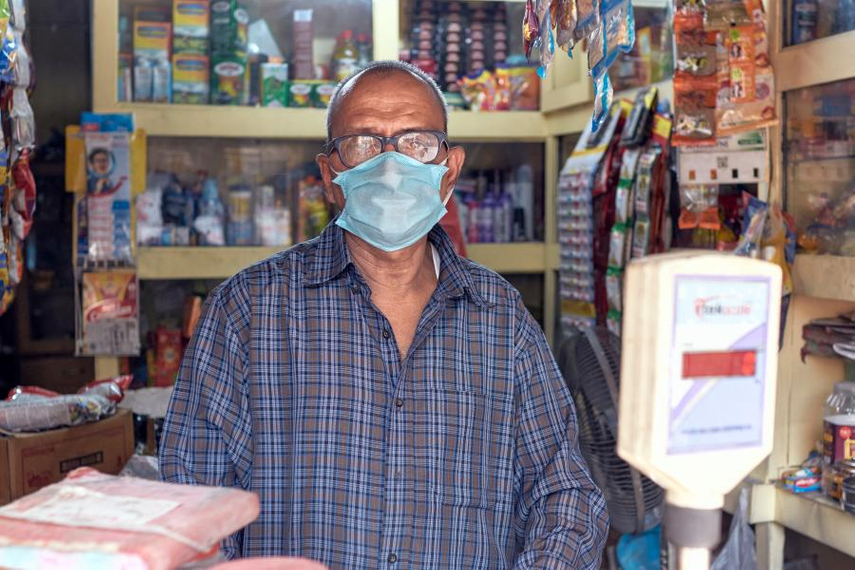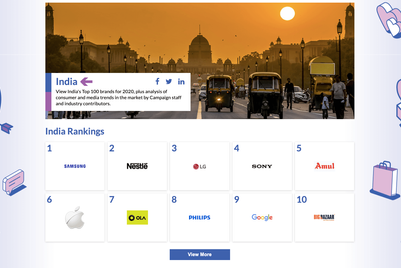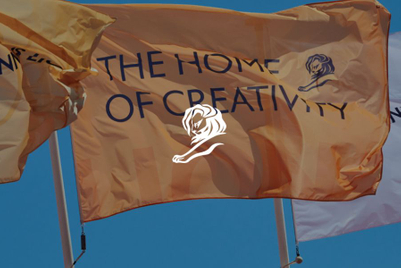
NIELSEN MARKET SNAPSHOT: INDIA
India is one of the world’s leading economic powerhouses with a population of over 1.3 billion and GDP of US$2.87 trillion in 2019, according to the World Bank. During the first quarter this year, India’s GDP growth at 3.1% in comparison to 4.1% in Q4 2019 has been a significant concern and more so in the context of the pandemic.
The FMCG growth[1] in Q1 2020 was recorded at 5.3% (versus 6.5% in Q4 2019), while that of March alone was at 3.3% (compared to 6.4% in Jan and Feb this year), as initial impact of covid-19 due to lockdown announcements during the last week of March. Traditional trade contributed to 68% of FMCG sales in Q1 2020 (down by 4.7% vs same period last year), modern trade (24.7% in Q1 2020, up 2.4% vs same period last year) and e-commerce witnessed 7.3% uptake in Q1 2020 ( up 2.4% vs same period last year).
India emerged into the ‘unlock’ phase in early June as economic activity picked up progressively rising into the new normal in a phased manner across various states depending on the gravity of covid-19 and local containment strategy. In the second quarter this year, although consumer sentiment remained positive with CCI[2] at 123 (drop by 15 points in Q4 2019) there are rising concerns about health, economy and job security. According to the CCI survey, consumers are becoming more inclined to investing their spare cash into investments such as shares of stock and mutual funds, and cutting back on purchasing new clothes, and spending holidays or vacations.
The above trend is further corroborated by recent Nielsen study[3], wherein 64% of consumers said that they are inclined to increase spending on healthy food, personal hygiene (60%), medical needs and fitness (over 50% consumers). Consumers preferred more of home deliveries from neighborhood stores (up by 9% as compared to pre-covid times), while visits to physical department stores have declined by 26%. FMCG ecommerce has received preference as 62% consumers intend to increase online shopping by more than 20% that may result in change of shopping habits.
FMCG sales showed signs of revival to pre-covid levels in June, driven by traditional trade retail stores. Consumers focussing more on eating at home - packaged food such as flour, cooking oil, cheese; hygiene products; daily use categories such as toothpastes, shampoors, hair oils, detergents and beauty products such as hair colour, skin care and deodorants. Additionally, two in three consumers said they would prefer to purchase products of local origin in an effort to support ‘vocal for local’ campaigns to boost Indian manufacturing and job creation.
The media landscape in India has witnessed interesting trends with television news witnessing a 9% higher viewership[4] in the first half of 2020 as compared to the same period last year. Consumers are spending on an average 4 hours daily on television, higher by 6% as compared to pre covid[5]. Advertising volumes were 13% lower in the first half of 2020 versus H1 2019 on account of the pandemic. Advertising spend picked up by corporate brands (up by 62%), education sector (up by 8%) and banking (up by 5%) during the first half of 2020 in comparison to same period last year, while the higher advertising volume spends continue to remain dominated by personal care and hygiene segment, food and beverages and ecommerce. On smartphones, social networking and gaming recorded higher consumption than pre-covid-19 levels, whereas video-on-demand mirrored the pre lockdown levels[6].
Overall, the pandemic situation has led consumers to develop semi-permanent behaviour following social distancing and adjusting purchasing habits to suit immunity boosters and safer hygiene practices. Manufacturers and retailers need to adjust their strategy and communication based on emerging consumer sentiments for local origin of products and ayurveda wherever possible. As Indian consumers continue to battle the onslaught of the pandemic, it will be crucial to meet FMCG demands based on post covid-19 preferences of consumers.
[1] Nielsen India Connect: Retail Measurement Services (RMS) | Does not include e-commerce sales
[2] CCI : Consumer Confidence Index | Source: The Conference Board® Global Consumer Confidence Survey conducted in collaboration with Nielsen | A CCI index value of 100 corresponds to an average halfway between positive and negative sentiment.
[3] Nielsen India Consumer Behaviour Online Study | Period: 19 - 25 June, 2020 | Sample: 1725 respondents, 22 cities
[4] Nielsen Media & BARC India | Edition 10 HOW ARE MEDIA HABITS CHANGING AS INDIA ENTERS UNLOCK 2.0H1 2020 Period : Week 1 to Week 26
[5] Week 26 (week starting 27 June ) data as compared to Week 13 (week starting 28 March ) and Pre COVID 19 i.e. Week 2 to Week 4 (11 Jan to 31 Jan )
[6] Based on Nielsen Smartphone Panel representing 1L+, NCCS ABC, 15 - 44 | COVID Disruption from 25th April to 3rd July as compared to Pre Covid-19



.jpg&h=334&w=500&q=100&v=20250320&c=1)






.jpg&h=334&w=500&q=100&v=20250320&c=1)






.jpg&h=268&w=401&q=100&v=20250320&c=1)


.jpg&h=268&w=401&q=100&v=20250320&c=1)
